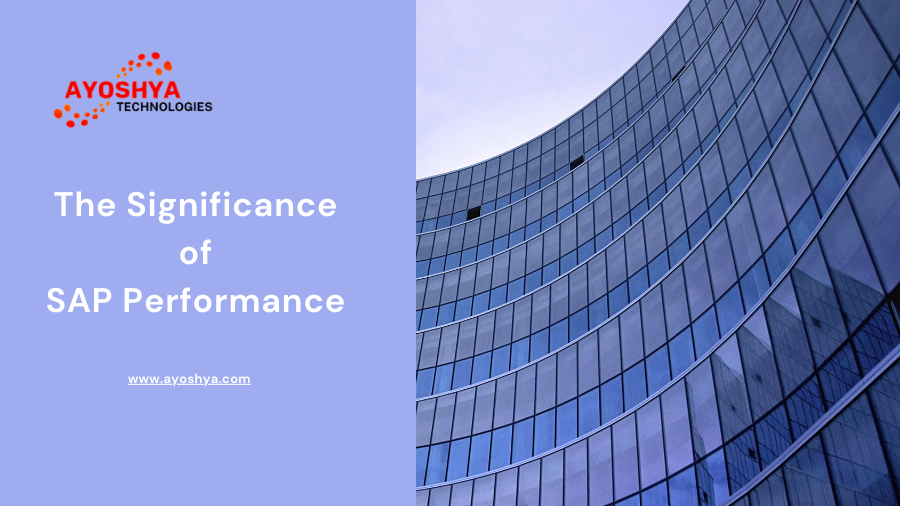The Significance of SAP Performance
SAP applications serve as the backbone of many businesses, supporting critical functions such as finance, logistics, human resources, and more. Therefore, the performance of your SAP environment has a direct impact on your organization’s:
1. Productivity
Slow or inefficient SAP performance can hinder productivity, leading to delays in essential business processes and decision-making.
2. Customer Satisfaction
Delays in order processing, slow response times, or system outages can negatively impact customer satisfaction and erode trust.
3. Cost Efficiency
Poor SAP performance can result in increased operational costs, as additional resources may be required to compensate for system inefficiencies.
4. Competitive Advantage
Organizations with optimized performance can respond more quickly to market changes, giving them a competitive edge.
Common SAP Performance Challenges
Achieving optimal performance can be challenging due to various factors, including:
1. Complexity
SAP landscapes can be highly complex, with multiple modules and components. Managing this complexity can impact performance.
2. Data Volume
As data volumes grow, SAP systems can struggle to process and retrieve information quickly.
3. Customization
Customization of SAP systems can lead to unintended consequences, including performance degradation.
4. Hardware Limitations
Outdated or insufficient hardware can constrain it.
5. Integration Issues
Integrating SAP with other systems can create bottlenecks if not executed seamlessly.
Strategies for Maximizing SAP Performance
To overcome it’s challenges and optimize your system, consider these strategies:
1. Regular Performance Tuning
Conduct routine performance tuning to identify and address bottlenecks, including database optimizations, indexing improvements, and system parameter adjustments.
2. Hardware and Infrastructure Upgrades
Invest in modern, high-performance hardware and ensure that your infrastructure can support the demands of your SAP environment.
3. Monitoring and Analytics
Implement monitoring tools to track system performance in real-time and gain insights into areas that need improvement.
4. Data Management
Manage data volumes efficiently by archiving and purging outdated data, reducing the load on your SAP system.
5. Testing and Validation
Rigorously test system changes, customizations, and upgrades to ensure they do not negatively impact performance.
6. Cloud Adoption
Consider moving your SAP environment to the cloud to leverage scalable resources and enhance flexibility.
7. Consult with Experts
Engage SAP experts and consultants to assess your system and provide recommendations for optimization.
Conclusion
SAP performance is a critical factor in an organization’s ability to operate efficiently, deliver superior customer experiences, and maintain a competitive edge. By recognizing the importance of performance, addressing common challenges, and implementing proactive strategies, businesses can harness the full potential of their SAP investments and drive success in an increasingly digital world.



